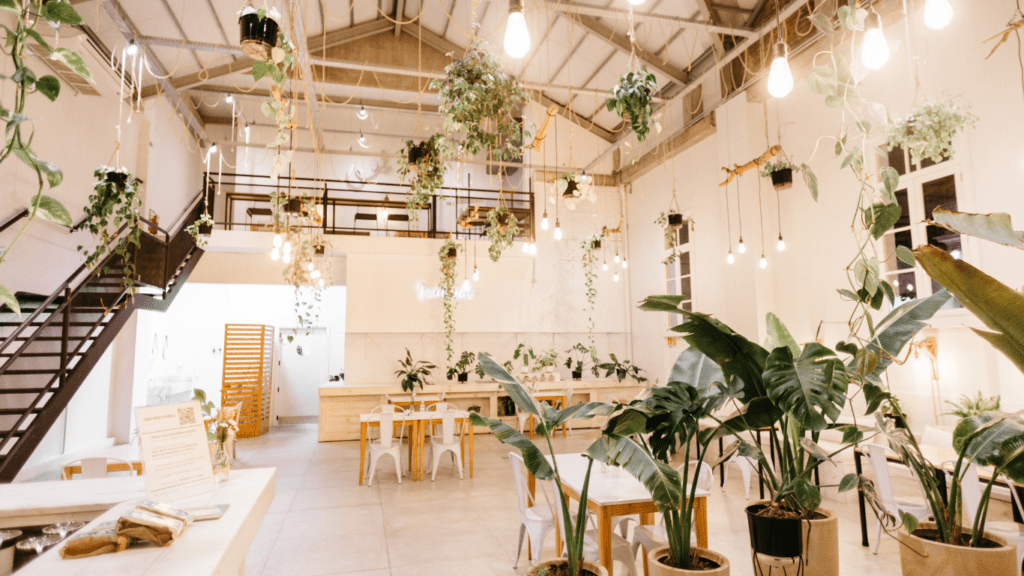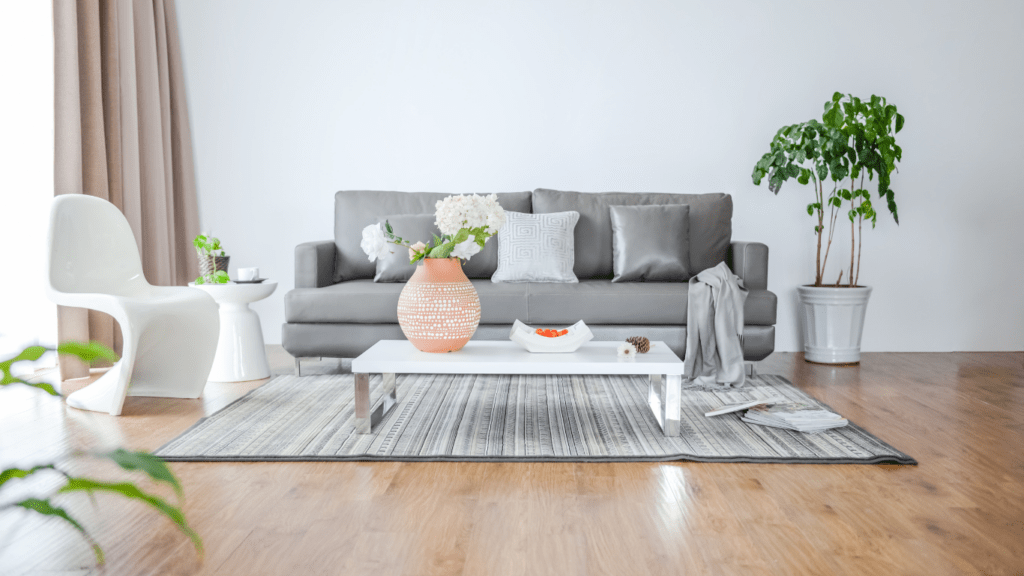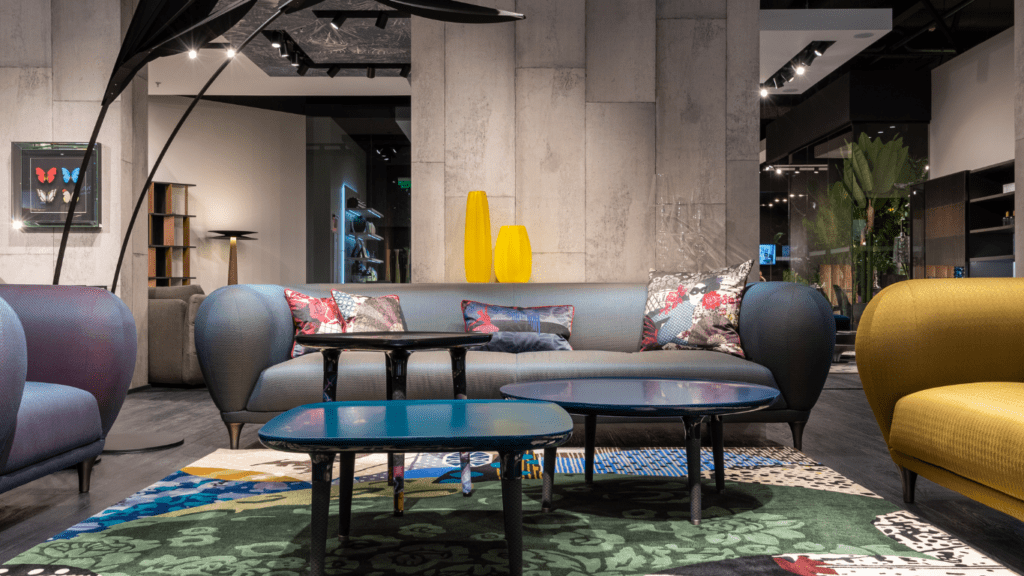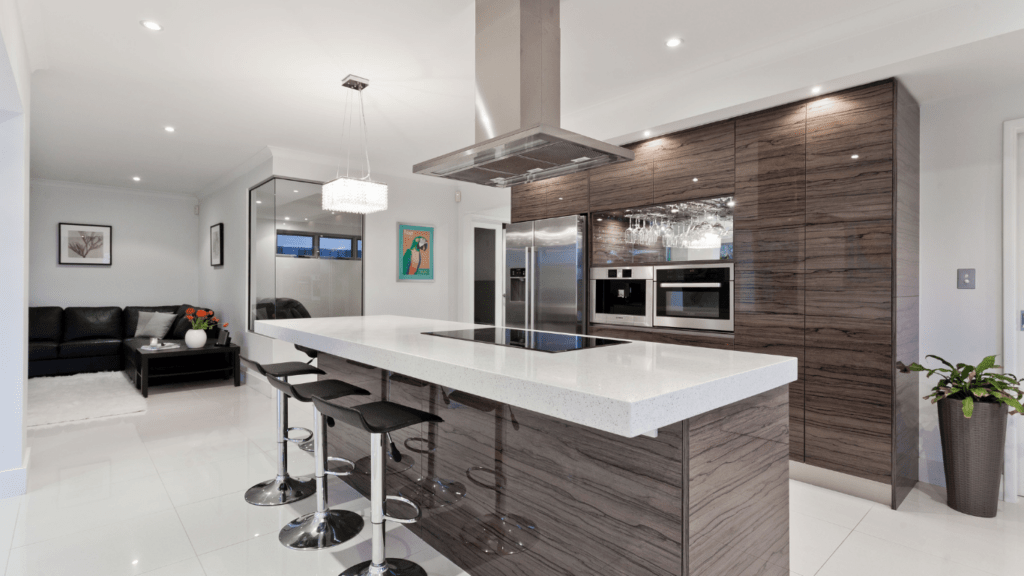Understanding Sustainable Interior Design
Sustainable interior design focuses on creating spaces that are environmentally responsible and resource-efficient. It merges functionality and aesthetics with minimal ecological impact.
What Is Sustainable Interior Design?
Sustainable interior design incorporates eco-friendly principles and materials to minimize environmental impact. Designers use renewable resources, like bamboo or cork, and prioritize energy-efficient fixtures. They also consider the lifecycle of products, opting for items with longevity and recyclability. For example, using LED lighting reduces energy consumption and lasts longer than traditional bulbs. Additionally, sustainable design encourages the use of non-toxic, low-VOC (volatile organic compounds) paints to improve indoor air quality.
Importance of Eco-Friendly Living
- Eco-friendly living enhances health and wellbeing while reducing the environmental footprint.
- By adopting sustainable practices, individuals contribute to the conservation of natural resources and the reduction of waste.
- Utilizing energy-efficient appliances lowers energy bills and carbon emissions.
- Selecting furnishings made from recycled or upcycled materials helps decrease landfill waste.
- Ultimately, eco-friendly living promotes a sustainable future for the planet and offers a healthier living environment.
Popular Sustainable Interior Design Trends
Sustainable interior design embraces innovative trends focused on eco-friendly living. Here are some popular trends that can make your home both stylish and environmentally responsible.
Use of Recycled Materials
Recycled materials have become integral in sustainable design. For instance, reclaimed wood is popular for flooring and furniture, while recycled glass tiles offer unique aesthetic appeal. These materials reduce waste and conserve resources by repurposing existing items.
Energy-Efficient Lighting
Lighting accounts for a significant portion of home energy use. LED bulbs, which last up to 25 times longer than incandescent bulbs, are preferred. Incorporating natural light through skylights and large windows also reduces dependency on artificial lighting, cutting energy consumption.
Natural and Organic Textiles
Textiles made from:
- organic cotton
- hemp
- bamboo
are not only eco-friendly but also free from harmful chemicals. They are ideal for curtains, upholstery, and bed linens. These materials offer durability and contribute to a healthier indoor environment.
Indoor Plants and Green Walls
Indoor plants and green walls enhance air quality and aesthetic appeal. Plants like spider plants and peace lilies improve indoor air by absorbing toxins. Green walls, especially in urban spaces, add a refreshing natural element and can regulate indoor temperatures.
Repurposed and Vintage Furniture
Vintage and repurposed furniture bring unique character to a space while reducing waste. It avoids the environmental impact associated with producing new furniture. Items like refurbished tables provide both functionality and a statement piece in your home.
Tips for Implementing Sustainable Design in Your Home

Sustainable design creates a balance between aesthetics and eco-friendliness. Here are practical tips to make your home more sustainable.
Choosing Eco-Friendly Paint and Finishes
Opt for low or zero-VOC (Volatile Organic Compounds) paints to improve indoor air quality. VOCs, found in many conventional paints, release harmful chemicals that can cause respiratory issues. Brands like Benjamin Moore and Sherwin-Williams offer eco-friendly options. For wood finishes, consider water-based stains or natural oils like linseed and tung oil. These finishes reduce the emission of toxic chemicals, promoting a healthier home environment.
Maximizing Natural Light
Maximize natural light to reduce energy consumption. Use sheer curtains to allow sunlight while maintaining privacy. Install skylights or light tubes in dark areas for more natural light. Strategically place mirrors to reflect light into darker corners. When designing or renovating, consider larger windows or solar tubes to enhance light distribution throughout the home. Natural light not only saves energy but also enhances mood and productivity.
Water-Saving Fixtures
Install water-saving fixtures to reduce water consumption. Select low-flow showerheads, faucets, and dual-flush toilets to minimize water usage per activity. WaterSense-labeled products by the EPA guarantee efficiency. Integrate rainwater harvesting systems for garden irrigation and greywater systems for toilet flushing. These systems promote water conservation, leading to lower utility bills and a reduced environmental footprint.
Benefits of Sustainable Interior Design
Sustainable interior design brings numerous advantages to eco-friendly living. It combines environmental responsibility with cost-effectiveness and health benefits.
Environmental Impact
Sustainable interior design significantly reduces the environmental footprint. Using recycled materials like reclaimed wood and repurposed furniture minimizes waste and lowers resource consumption. Renewable resources, such as bamboo and cork, cut down deforestation rates. Energy-efficient fixtures, including LED bulbs and smart appliances, reduce energy consumption and greenhouse gas emissions. Indoor plants and green walls enhance air quality by absorbing pollutants.
Health Benefits
This design approach promotes a healthier living environment. Eco-friendly paints and finishes, like low or zero-VOC options, improve indoor air quality by reducing harmful emissions. Natural textiles, such as organic cotton and hemp, avoid chemical treatments commonly found in conventional fabrics. Maximizing natural light positively affects mood and circadian rhythms. Plants not only purify the air but also contribute to stress reduction and mental wellbeing.
Financial Savings
Implementing sustainable interior design results in long-term financial benefits. Energy-efficient lighting and appliances lower utility bills. Choosing durable, high-quality materials reduces the need for frequent replacements. Water-saving fixtures, like low-flow showerheads and dual-flush toilets, cut down on water bills. Rainwater harvesting systems offer additional savings by providing an alternative water source for irrigation and other non-potable uses.



 Real Estate Specialist
Summer Hodgkinson is the real estate specialist at Luxe House Maker, offering expert insights into the world of luxury property markets. With a background in high-end real estate sales, Summer has a keen eye for identifying the most exclusive and sought-after properties. Her in-depth knowledge of the global luxury real estate landscape allows her to provide readers with valuable advice on investment opportunities, emerging markets, and the latest trends in upscale living. Summer’s expertise ensures Luxe House Maker stays on top of the ever-evolving luxury property market, helping readers make informed decisions.
Real Estate Specialist
Summer Hodgkinson is the real estate specialist at Luxe House Maker, offering expert insights into the world of luxury property markets. With a background in high-end real estate sales, Summer has a keen eye for identifying the most exclusive and sought-after properties. Her in-depth knowledge of the global luxury real estate landscape allows her to provide readers with valuable advice on investment opportunities, emerging markets, and the latest trends in upscale living. Summer’s expertise ensures Luxe House Maker stays on top of the ever-evolving luxury property market, helping readers make informed decisions.
